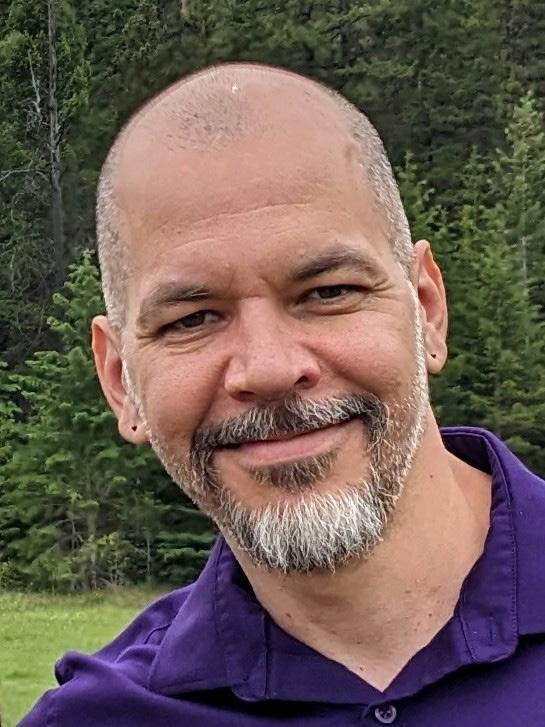
3 minute read
The Qualities of Highly Effective Therapists of Indigenous Clients
The Qualities of Highly Effective Therapists of Indigenous Clients
By Nathan Beaucage, M.Ed. Registered Provisional Psychologist, Ph.D. Candidate
What feels like a lifetime ago (coming up on four years now), I set out to locate and interview individuals who were known to be highly effective in their work with Indigenous clients. A lengthy snowball sampling process, an internship, and a pandemic later, I am in the final stages of completing my dissertation based on the five interviews I conducted as a result of my efforts.
During my professional training, I was drawn to psychotherapy effectiveness research which, while showing all bona fide therapies to be equally effective, also showed that some therapists were more effective in general and that some were more effective at working with certain groups. Being Indigenous myself, and wanting to do my part to help bridge the mental health gap for the Indigenous which was identified by the Truth and Reconciliation Commission of Canada, it was my belief that speaking to these highly effective individuals might give us some ideas about how to reduce that gap.
During my interviews, I kept two main questions in mind: what is it about them and what are they doing that makes them more effective? Working through the nearly nine hours of interviews, I arrived at over 900 codes, grouped into 24 themes, which I have organized into three overarching themes currently titled (as of writing this, but we know how research and revisions can go) “Who are they?”, “What do they do?”, and “What can we use?”.
The overarching theme “Who are they?” looks at what qualities these therapists possess or developed (through nature or nurture) that help them in their work with the Indigenous. Are there aspects of their personality that make them more effective? Were there environmental conditions which may have contributed to their effectiveness with Indigenous clients?
In “What do they do?” I examine how they work with Indigenous clients, how they practice, and what they bring into session. Does therapeutic orientation matter? Do our profession’s ethics and standards help or hinder their work?
“What can we use?” includes the more practical themes that I wanted to make sure I included a play on the Indigenous practice of “using the whole animal” or letting as little as possible go to waste. How can we do what these therapists do? How can non-Indigenous therapists be more helpful with Indigenous clients? What advice do the therapists have for those wanting to work with Indigenous clients? These are just a few of the questions I address in my upcoming dissertation.
To say I have learned a lot would be an understatement and I don’t think I will ever forget what I have learned from my five participants. That is all well and good, but what I really want is to pass on what I have learned. To that end, I am in the midst of the real challenge—the dissemination of that knowledge to share with others.
As I grow ever closer to the completion of my dissertation, and to my “participants” becoming my colleagues, I am humbled and inspired by their amazing work and the gift of knowledge that they have shared with me. It is my hope that I have, and will continue to, honour their gift and that we can all take something from this research that will help us to be more effective with our Indigenous clients.
Nathan will provide an update on his findings in a future issue of Psymposium, so stay tuned. If you have questions about this research, Nathan can be contacted at beaucage@ ualberta.ca.







